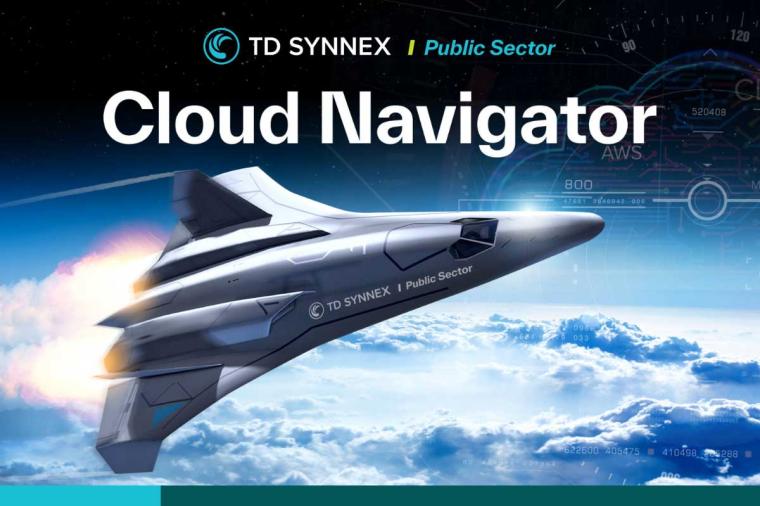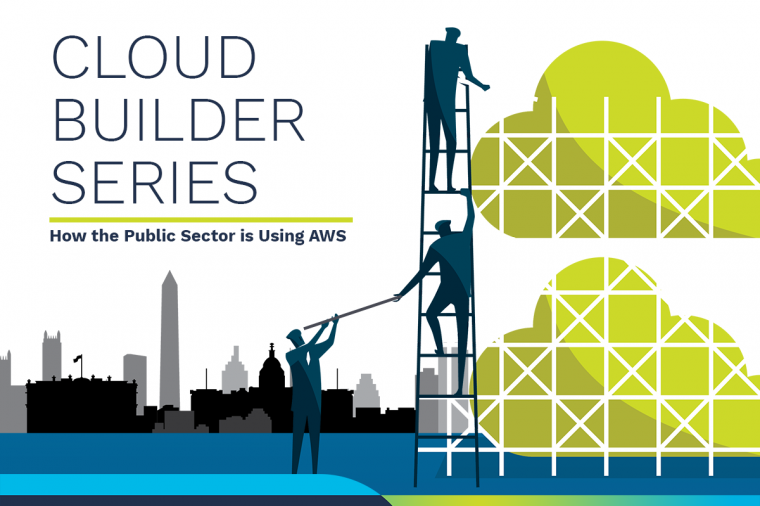I've been asked several times to help agencies evaluate their readiness to build a private cloud. Time and time again, I use the same concepts to find their current levels and what they should be looking at next. Data center automation, service oriented infrastructure, IT service management, resource orchestration, standard operating environments. Why am I bringing up ancient buzzwords in a private cloud conversation? Because without these fundamentals, your private cloud won't get very far off the ground.
An Amazon AWS VP has been quoted saying "If you are buying hardware, it isn't cloud". You may think, "Well of course, that's their business model. They don't want me to buy a private cloud." The argument made isn't a business model, it is architecture and use case. The economies of scale that need to be achieved in order to validate a cloud model only make sense in large deployments. The benefits of the IT department are best realized when the shift from capital to operational expenditures is complete. A set of local resources that takes advantage of the new cloud focused toolsets to move in a service oriented direction may not be a private cloud, but it is still a valuable direction for those IT shops that need to retain in house capabilities.
But there are private clouds, I hear you cry. And I reply, bah humbug. We systems architects have been touting private clouds for years: automated, monitored, resilient, scalable data center solutions. The underlying technology of clouds is a culmination of data center automation practices and tools that service delivery organizations have been using for years. The service delivery environment I advocated in the past has become the private cloud of today.
The focus of IT has been fragmented for years, with each technological layers requiring different expertise. The goal of IT however has always been the same, deliver services to customers at acceptable levels of performance and availability. The shift in focus from components to services has been slow, but the technologies that enable that shift have come together in a perfect storm to enable the cloud.
Since I can still hear the skepticism, let's take a look at the components of my dream data center. The physical layer can be dealt with in broad strokes, servers, storage, network. I'm willing to take a wide view at this layer because there has been a convergence in hardware design. Modular, interchangeable components that scale describe the class of devices we need at this foundational level. The modular approach delivers incremental improvements in resources, be it adding blades to a chassis for compute or network loads or shelves to a storage unit. A robust monitoring infrastructure allows for rapid response to impact events, like component failure, network congestion or spiking demand. Rightsizing this layer needs a complete usage view.
Virtualization is the next key to our data center experience. An enterprise-level server virtualization platform allows us to drive the best utilization of resources. Features do play more of a role here than the hardware layer, especially when orchestrating workload routing. If a server dies, route the workload around the capacity loss and replace the hardware later. Active resource monitoring helps balance workloads across dynamic physical environments. Virtual machine provisioning and management tools become the key to elasticity.
The combination of standardized operating environments and a service oriented application architecture provides the next layer of our service delivery pyramid. Standardized components improve reliability and manageability of the stack. Decoupled services improve scalability and agility of the applications. A well defined SOE delivers a specific set of capabilities that are easy to replicate in an automated manner. Configuration management and system deployment tools coupled with application instrumentation are the windows needed to manage services, not devices.
There are two repeated themes at each of the layers: monitor and manage. Hopefully you are already experienced with some form of each. Device health checks, performance monitoring, service return trip times, key performance indicators. OS provisioning, VM templating, service deployment applications. All of these should already be part of your service delivery vocabulary. These tools allow operations staff to work smarter, not harder. To be most effective, they also need to raise the horizon to the service layer from the component layer.
Any admin worth their salt can build a complex set of scripts and configs to automate their job. And admin worth their salt is that proper kind of lazy that automates things to never do repetitive tasks. The problem isn't "can I", it's "should I". That answer is almost always no. With the tools available for all of these domains, neither the admin staff nor management should be wasting operational overhead at the expense of automation.
For many service delivery organizations, the problem is integrating all of these views. How can we get from a bunch of unrelated colored dots to Seurat's 'La Grande Jatte'? And if we do get the full picture, how does that translate to the tools we use to create and manage the virtual machines and operating environments?
The toolsets that offer a service view instead of a layer view are the secret sauce of the cloud. The new provisioning models define the application deployment environment, the operating system configurations and the virtual machine parameters. Add self service and service metering to the holistic view and you have your private cloud. This orchestration layer combined with monitoring that can show multiple views of the service environment gives the service delivery architecture that we've tried to build with every generation of tools.
If you've read this far and are thinking, "But all of this is what the private cloud promises" then we are on the same page. Perhaps I am picking nits trying to separate a service oriented infrastructure from the private cloud buzz. Each previous generation has provided a new set of capabilities that allowed for the creation of the next generation's killer feature. But there is no easy button for private clouds; these are built with a combination of process, practice and tooling. But this is not a message of doom and gloom, rather of hope and perseverance. If you want a private cloud and have been granting the wishes of your service delivery and IT operations crew, you may be farther down the road than you think.
















































